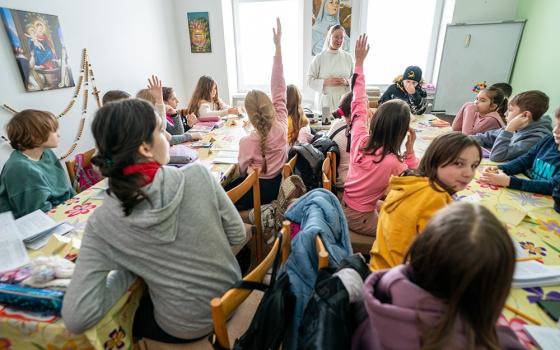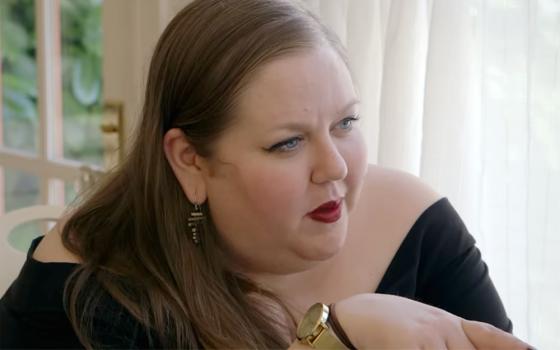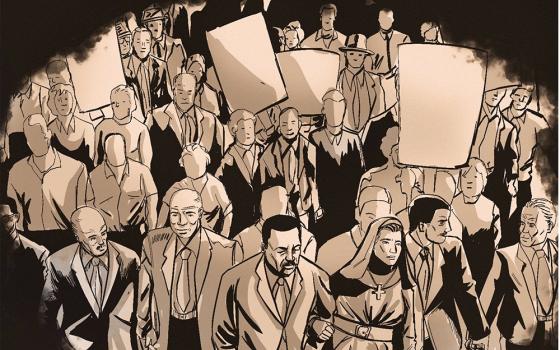On Oct. 11, the Ferguson protesters held a march in downtown St. Louis as part of a four-day protest weekend, Ferguson October. I worked as a peacekeeper during the march -- or, in current parlance, a "de-escalator." It wasn't our job to persuade people not to be angry, but to discourage debates with hecklers or among marchers whose chants demonstrated philosophical differences. For example, one chant I'd heard a day earlier in front of the prosecutor's office called for the death of a police officer. But people around the chanter didn't like it and said so, and the chant died out quickly.
There was no work like that on Saturday. It was bright and sunny, and the crowd was cheerful. We marched briskly with banners and placards that read, "Black Lives Matter." But there was a bitter irony in marching down Market Street. It's a pretty mall, lined by fine, large office buildings that were built on the promise of a 30-year tax abatement back in the '70s. That tax abatement, along with the building of the football stadium nearby ($2 billion when the principal and interest are finally paid off), took money from the schools, creating some of the social chaos we were protesting in our march. But probably only a few of the marchers knew that economic history.
The rally was tightly structured. Five young speakers got three minutes each to tell how their groups have been standing fast, keeping vigil at the site of Michael Brown's death and at the police station for the past two months. Older community leaders only had a minute to welcome the crowd and bring greetings from their organization. But then came the turn of a clergy woman who had been hit by a rubber bullet one night at a demonstration. She asked the clergy present to raise their hands, as she had a message for them from the youth. She called them out, accusing them of holding meetings in the name of the community without helping young organizers to gain access to decision-makers. She said some clergy were raising money on behalf of community action without consulting with the activists about the needs and without including them in the spending of that money.
I could not be part of the Oct. 13 civil disobedience, but I watched the events with great hope. People need practice to test which strategies prove effective. I'm hoping as their evaluation continues that they are developing ideas about how to express their anger if the grand jury refuses to indict Darren Wilson, who shot Michael Brown. The black community is not a monolith. But creative action could channel that anger into public demands for change that open the ears of white people.




